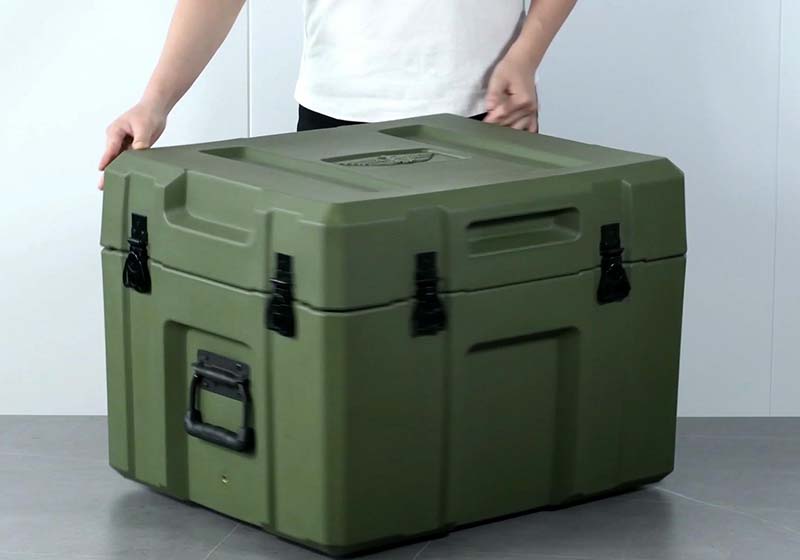What the Effective Ways to Evaluate the Load-bearing Capacity of Rotational Molding Products
 Jun 18,2024
Jun 18,2024

What the Effective Ways to Evaluate the Load-bearing Capacity of Rotational Molding Products
Determining the load-bearing capacity of rotational molding products involves a combination of theoretical calculations, material testing, and practical assessments. Here's a step-by-step guide on how to determine the load-bearing capacity of rotational molding products:

1. Material Properties
Start by understanding the mechanical properties of the material used in rotational molding. This includes properties like tensile strength, compressive strength, flexural modulus, and impact resistance.
2. Thickness Measurement
Measure the thickness of the rotational molding product at various points, as thickness can affect the load-bearing capacity. Ensure that the measurements are accurate and consistent.
3. Theoretical Calculations
Use the material properties and thickness measurements to perform theoretical calculations. There are standard formulas and engineering principles that can be used to estimate the load-bearing capacity of structures made from specific materials.
4. Finite Element Analysis (FEA)
For more complex products or those with non-standard shapes, consider using finite element analysis (FEA). This computational tool can simulate how the product will respond to different types and magnitudes of loads.
5. Material Testing
Conduct material testing to verify the theoretical calculations. This can include tensile tests, compression tests, and impact tests on samples of the material used in rotational molding.
6. Prototype Testing
Create a prototype of the rotational molding product and test it under anticipated load conditions. This practical assessment can provide valuable insights into the actual load-bearing capacity of the product.
7. Safety Factors
Apply appropriate safety factors to account for uncertainties and potential variations in production or use. Safety factors ensure that the product can bear the intended load without compromising safety.
8. Documentation
Document all the steps, calculations, tests, and results to create a comprehensive report on the load-bearing capacity of the rotational molding product.
9. Continuous Improvement
Use the data and feedback from testing to continuously improve the design and manufacturing process of the rotational molding product, aiming to enhance its load-bearing capacity while maintaining other desired properties.
By following these steps, rotational molding manufacturer can accurately determine the load-bearing capacity of rotational molding products, ensuring they meet the performance requirements for the intended applications.
 Tel: 0086-13632687993
Tel: 0086-13632687993  Email: roto@lightvenus.com
Email: roto@lightvenus.com

 Home
Home What are the Types of Deburring Process for Rotomolded Products
What are the Types of Deburring Process for Rotomolded Products  You May Also Like
You May Also Like



 Tel
Tel
 Email
Email
 Address
Address








